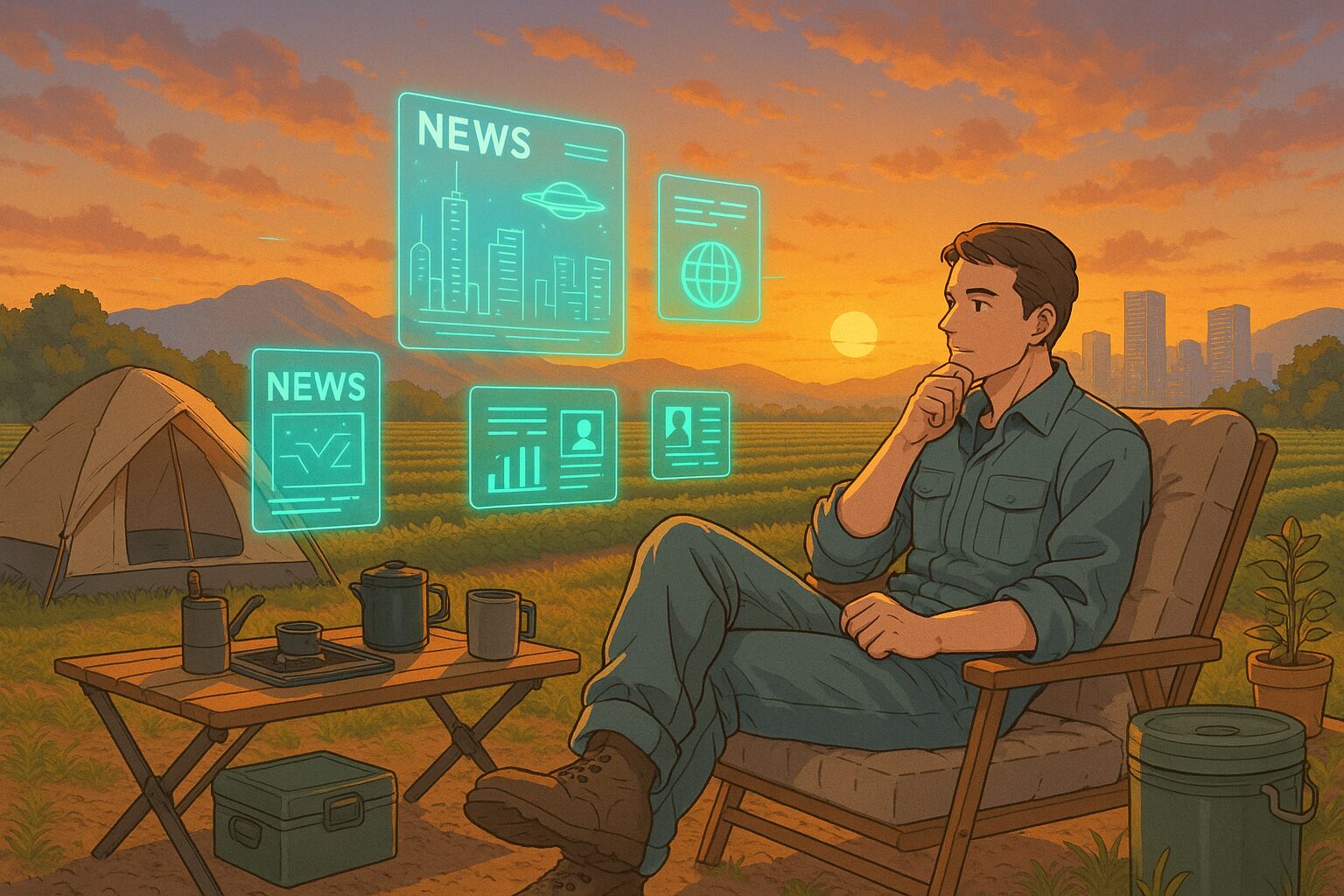The Future of Education: Beyond the Influence of Capitalism
Education is positioned as a foundation of society around the world. But what if that education benefits only a select few? Let’s consider the future of education through the impacts of India’s education policy, “NEP 2020.”
1. Today’s News
Summary:
- The Indian education policy NEP 2020 is touted as a progressive reform on the surface, but it actually serves to strengthen the dominance of capitalism and global capital.
- By emphasizing digitalization, skill-based training, privatization, and internationalization, it subordinates education to market demands.
- It further marginalizes historically disadvantaged groups, placing the burden of access and quality of education on families.
2. Considering the Background
Education policy is not merely an academic issue; it is deeply intertwined with the structures of economy and society. In countries like India, where capitalism is deeply rooted, education is often viewed as a tool for workforce creation. This background raises concerns about how the quality and access to education are influenced by economic power. Consequently, a scenario emerges where some individuals receive better education while others are left behind. Let’s reflect on how such a situation impacts our lives and future.
3. What Will the Future Hold?
Hypothesis 1 (Neutral): A Future Where Market-Driven Education Becomes the Norm
If education operates entirely based on market principles, it will become commodified, and students will be treated merely as consumers. In the short term, the quality of education may improve, but in the long run, educational disparities could widen, leading to increased inequality in society.
Hypothesis 2 (Optimistic): A Future with Diversified Education and Improved Adaptability
As digitalization and globalization progress, the choices in education will increase, allowing for learning tailored to individual skills. This could create an environment where students from diverse backgrounds can learn at their own pace, potentially leading to innovative educational models.
Hypothesis 3 (Pessimistic): A Future Where Educational Inequality Deepens
Access to education may concentrate among those with limited opportunities, with the quality of education heavily influenced by the economic capacity of families. This might result in a more pronounced stratification in society, raising concerns about the difficulty of social mobility through education.
4. Tips for What We Can Do
Mindset Tips
- Reconsider the purpose of education and contemplate the essence of learning.
- Broaden your perspective on your learning style and educational options.
Small Practical Tips
- Cultivate the habit of continuously learning new things in daily life.
- Engage in educational support activities within your community.
5. What Would You Do?
- How will you confront the market’s dominance over education?
- How will you utilize diverse learning environments?
- What steps would you take to improve educational inequality?
- Summary Paragraph
What kind of future do you envision? Please share your thoughts through social media quotes and comments. Let’s consider the future of education together.









